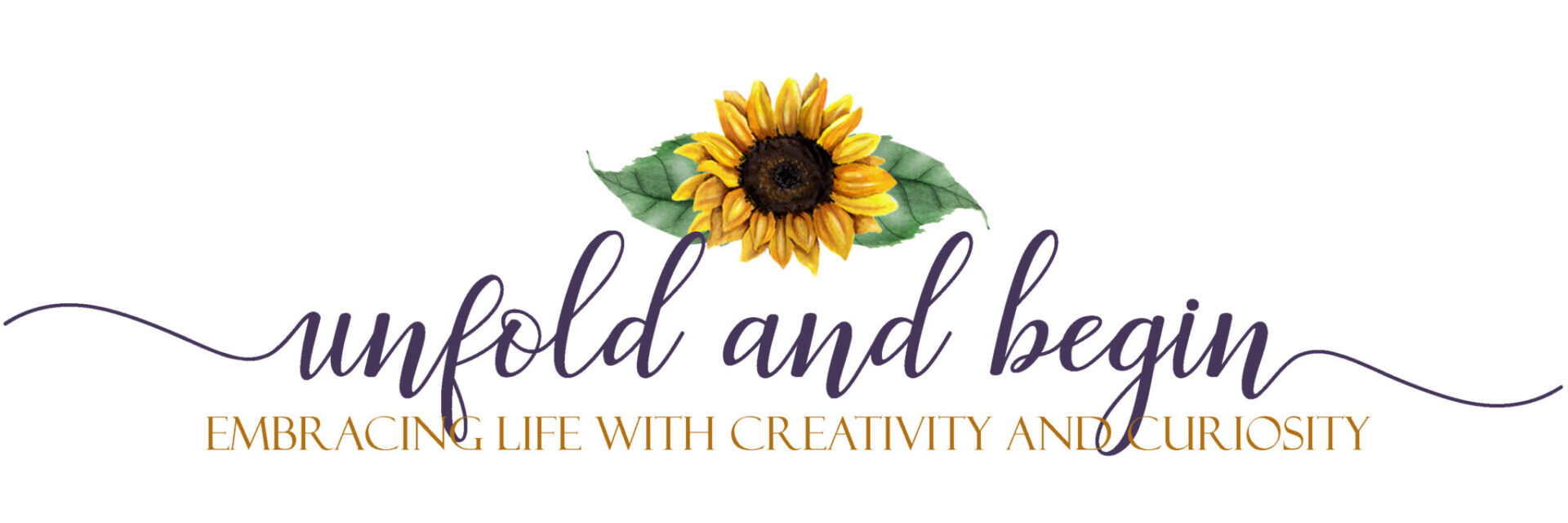I like to look at search results that show how people came to my blog. Usually, I see search inquiries about Vision Boards and even creativity and writing but recently I’ve been seeing searches for senior yoga and health benefits of yoga for seniors. I used to teach yoga to seniors and previously wrote a post about Senior Yoga. But that post is more about how much I enjoyed teaching the classes and I see that the searches asking what are the benefits of yoga for seniors, so I thought I would talk about that today.
The good news is that there are many benefits that seniors can enjoy while practicing yoga. And there are numerous studies to support these benefits which include the obvious physical benefits (flexibility, balance, etc.,) along with mental (stress and anxiety,) and emotional (depression) improvements.
Yoga Benefits
Physical
Balance and Flexibility are big concerns for seniors. Stumbles and falls can easily cause problems from minor strains and tears to more serious issues like broken bones. The less confident a person feels in their balance has a direct impact on how much they get out to do things. And someone who is looking to gain improvements in balance doesn’t need to spend a lot of time in hour-long classes. Practicing 15 minutes a day is enough to enhance both balance and flexibility.
When I was teaching yoga to seniors in a retirement community I had one student who came to class each day using a cane. By the second month of twice a week hour long classes, she was still carrying the cane with her but not really using it. She said she felt her balance was improved but didn’t trust it and wanted to make sure she had her cane to “catch her” if she experienced any problems. In her third month of classes, she just got up from savasana and walked out of the room. She forgot that she “needed” the cane and stopped bringing the cane with her after that.
Another of my senior students found her enhanced flexibility helped her when she was sitting on a short stool cleaning out shoes from her closet. When she was done, she couldn’t stand up again and didn’t know what to do at first. But then she remembered that she could stand up from a down dog position and she got onto her hands and knees, lifted her hips up into down dog and then walked her feet closer to her hands until she was able to stand up. It was something that we’d been working on in class for that very reason.
Reduce high blood pressure. Studies show that yoga, which not only focuses on postures but also includes breathing exercises and meditation, can significantly reduce high blood pressure. The studies speculate that controlled breathing helps to reduce nervous system activity, which in turn reduces blood pressure levels. I found this to be true for myself. While I wasn’t able to completely eliminate blood pressure medicine, my dosage has significantly reduced.
Improved Quality of Sleep. The benefits of improved sleep are important since lack of sleep can have a negative impact on numerous health-related issues including depression, loss of cognitive abilities, obesity, increased inflammation in the body and increased risk of heart attack.
A 2005 study found that elderly patients who took yoga classes were able to fall asleep faster, sleep longer, and feel more rested the next morning. Studies found that post-menopausal women had improved quality of sleep with a regular yoga practice. The benefits include improved quality of sleep as well as improved quality of life.
Reduces inflammation and arthritis pain. Yes. Yoga does help. Studies show that regular yoga practice can reduce inflammation, reduce joint pain, and improve joint flexibility. Another study showed that a 90-minute modified yoga class taken just once a week significantly reduced pain and improved movement in patients with knee osteoarthritis. Yoga can add muscle strength while building balance in patients with arthritis. And for people with Rheumatoid Arthritis, there was a decrease in blood markers associated with inflammation.
Mental Health
Anxiety. Yoga has already been shown to reduce anxiety. This includes symptoms of PTSD. Yoga, in the form of Yoga Nidra a yogic sleep guided meditation, allows the practitioners to benefit from deep relaxation. But PTSD is not just for soldiers. Many people who’ve been through traumatic experiences can suffer PTSD and Yoga Nidra helps. It calms the sympathetic nervous system that activates the fight or flight response. So helpful in a battlefield but not helpful when at home trying to rejoin your life.
Stress. Stress can go hand in hand with anxiety or stand on its own. Chronic stress is linked to the six main causes of death including heart disease, cancer, lung ailments, and even suicide. Mindfulness exercises including meditation, breathing, and yoga all have been proven to reduce stress. Yoga reduces the heart rate, lowers blood pressure and improves respiration. All of which help to reduce stress on the body.
Emotional
Depression. People with depression have reduced serotonin. One study showed that yoga increases serotonin production which plays a major role in happiness. Another study found that twice a week yoga sessions for eight weeks reduced depression scores. In addition, the study participants rated the actual yoga practice a 9.4 out of 10 meaning they liked participating in the yoga class.
Yoga Classes for Seniors
First, as with any exercise program, seniors should consult a doctor before starting. It’s also important to make yoga instructors aware of any physical disabilities or constraints that might require modifications in the poses. In my experience, I have found that seniors are more willing than 20-somethings to discuss their physical ailments and to let you know when a pose isn’t working for them. In order to have a good experience, first-time senior yogi’s should look for the following.
One on One instruction. If you are new to yoga, it’s sometimes beneficial to start one on one with an instructor in order to learn the correct poses. And especially to learn the correct pose for your body. There is no shame in having to modify a pose or use props, straps, and blocks in order to get comfortable in a pose. Look for someone who teaches Iyengar yoga or gentle yoga. B.K.S. Iyengar modified yoga with props in order to help himself and others gain improvements. Even though you might be using props or doing a modified version of a pose, you are still gaining the benefits of the pose.
Chair Yoga. Is another modified version of yoga. Can’t get down on your hands and knees? That’s ok because a chair can assist you in completing poses that might otherwise be done on the floor. When I taught at the retirement community, I used chairs to assist with some poses, but we also did poses on the floor. Usually, these were seated poses and not ones that required kneeling. Chair yoga is generally taught in a small class environment.
Gentle Yoga. This type of yoga is also usually taught in a small class environment. If this is a beginner senior class, look for one that has less than 10-12 students. It’s the instructor’s role to ensure everyone is moving into poses safely and with a beginner senior class, too many people may need attention. Gentle yoga classes focus on alignment and include both standing and seated poses. These classes are a great starting point for people with movement limitations.
Restorative Yoga. This is another great starting point for a senior who is new to yoga. This is best for someone who is comfortable getting down and up from the floor. Restorative poses are designed to invoke relaxation. Each pose uses a series of props (bolsters, blocks, and straps) that will allow you to relax into a pose. The props hold you in the pose instead of you and your muscles working hard to keep you in a pose.
The key to any great yoga practice whether for beginner or expert yogis is to start where you are and stay on your mat. You may have heard that phrase before, but in yoga, it is crucial to protecting yourself from injury. Don’t look at the other students, especially expert students, and try to copy what they are doing. Instead, listen to your body and only go as far as your body is telling you that it’s able to go.
Have you tried yoga yet? If you want to know more about how yoga fits into a Senior’s life, I highly recommend reading the book Yoga in the Morning, Martini at Night.
Here are some yoga tools, props, and resources that will help on your yoga journey.
Information about the studies that I referenced in today’s blog post can be found in the following articles:
13 Benefits of Yoga
Yoga Health Benefits
Yoga Can Help With Insomnia
Yoga Benefits for Arthritis
Yoga for Anxiety and Stress
Yoga Can Help Treat Depression









Hi Jennifer. I love your post. I’ve been contemplating doing yoga myself. I currently do meditate but not on a routine schedule. A few of my girlfriends do yoga and find so many benefits to it. I’m glad you wrote about it here because it is a great way to keep healthy and keep yourself grounded. Thanks for sharing it with us.
I’m glad you enjoyed the post and I hope you take the time to enjoy a yoga class. There are so many varieties, there’s bound to be something that works best for you.